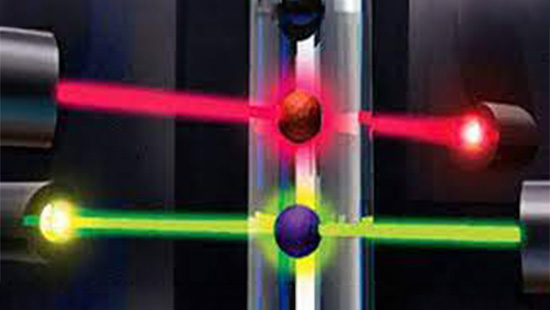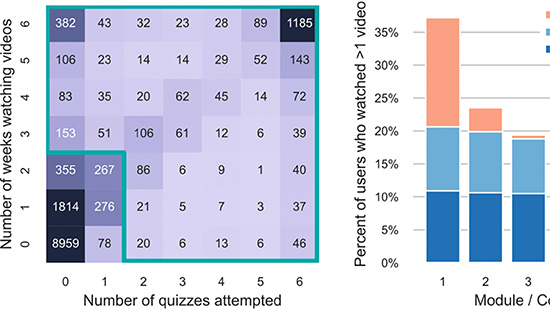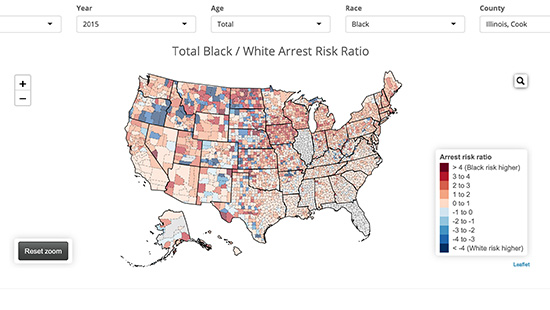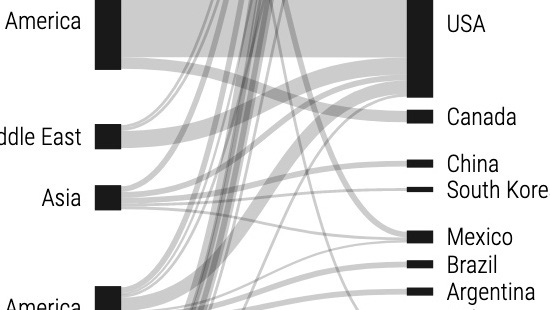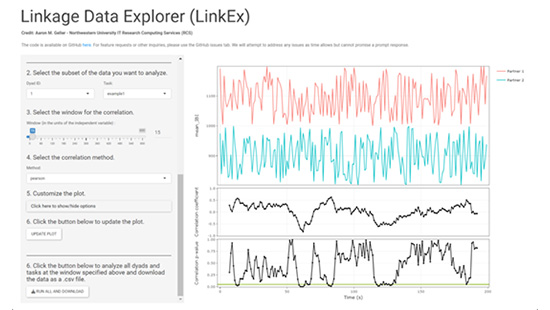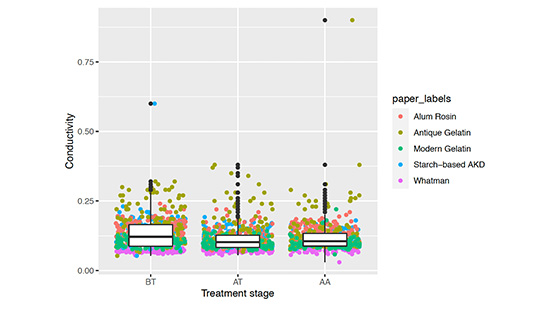Flow Cytometry Analysis Software: RainFlow
RCDS Consultant: Ritika Giri
Collaborators: Luís Amaral, Helio Tejedor
Typical flow cytometry experiments can simultaneously measure the expression of 25-40 proteins in millions of single cells. However, the lack of reproducible analysis techniques hinders deriving actionable insights from this data. RainFlow is an interactive application that automates flow cytometry data analysis for increased reproducibility. It leverages a commercially available reagent - rainbow beads - to establish ground truth signals. Broad spectrum fluorescence beads are mixed with sample cells to create an internal control for each sample. Subsequently, bead signal properties, such as drift, stretch, and dispersion, can be used to identify poor-quality samples and align signals from samples collected across several days. This improves the performance of automated cell-type analysis algorithms as observed by merging homogenous cell populations, which were artificially split due to technical artifacts, while simultaneously revealing true biological variation within normal and cancer cells. Algorithms and models are being incorporated into a Python package and Apple App Store application.
